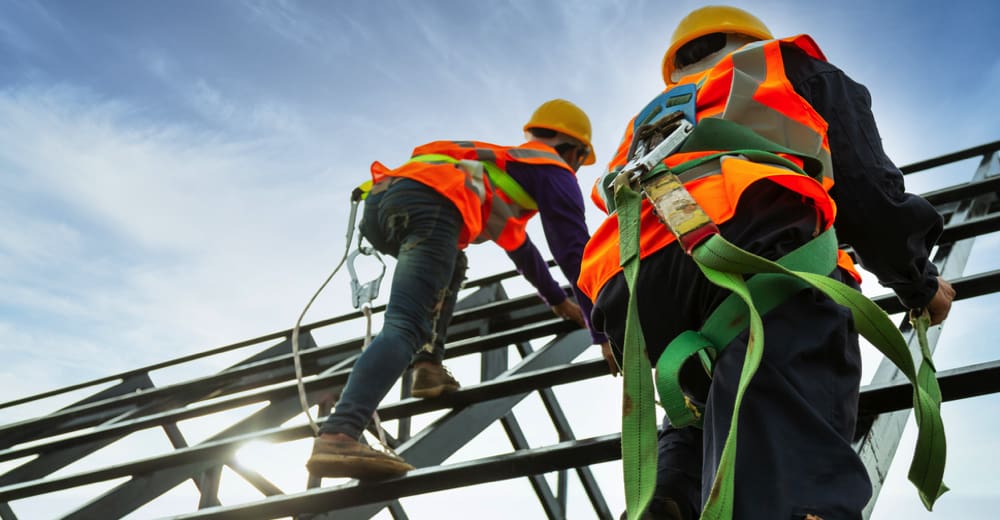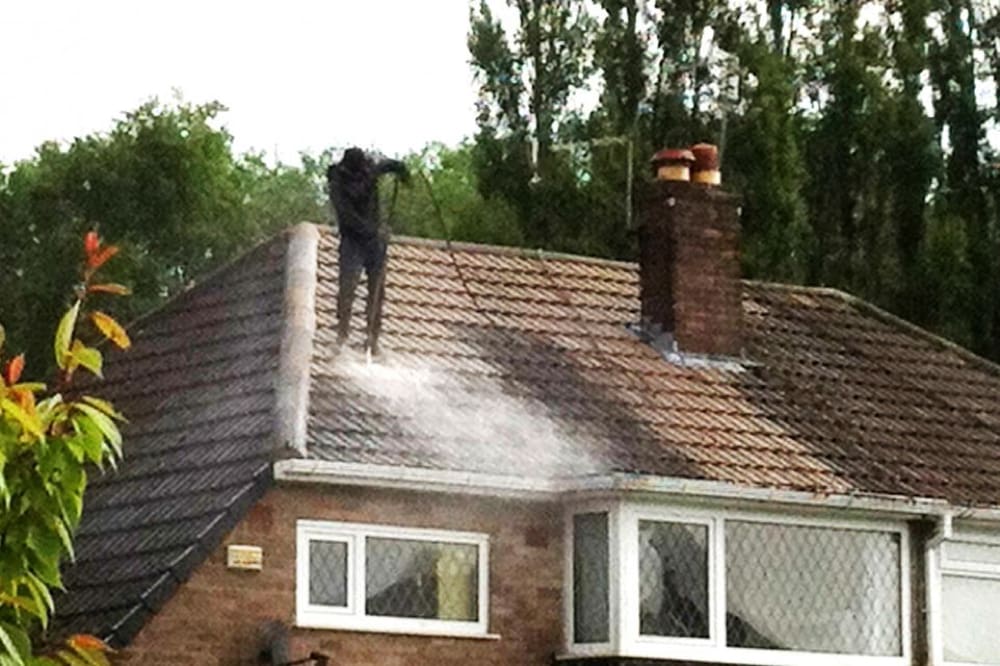Falls from Height
Learn the strategies preventing falls from height. Falls from height continues to be the largest causes of major injuries and fatalities. About 4000 working at height-related accidents occur each year at work and the most common cases are falls from ladders and through fragile services. Alarmingly, two thirds of all major injuries at work are caused by ‘low falls’ A low fall is a fall from a height below 2 metres. A high fall is a fall from a height of more than 2 metres.
Top Tips for Preventing Falls from Height:
- As with all work activities, a suitable and sufficient risk assessment is key to preventing falls from height. The planned activity and location should also be assessed immediately before work takes place, in case there have been any changes since the original assessment took place. The above case is a good example, in terms of missing panels that had not been put back following previous works.
- All parties involved should be made aware of the findings of the risk assessment, so there needs to be procedures in place to ensure good communication of the hazards, control measures and any changes to the planned works.
- In terms of control measures, eliminating the need to work at height is usually the best option. However, in reality, that isn’t always possible. Use suitable work equipment such as a working platform, or an existing safe area with a permanent guardrail, and make sure workers can reach it safely.
- All works should be supervised, and the job undertaken by competent staff. Assessing someone’s competency would include looking at their experience, knowledge and skillset, as well as their qualifications.
- Consider both personal and collective measures to minimise the distance and consequences of a fall, where some risk does remain, such as fall arrest equipment or safety nets.
Most falls from height can be prevented, by ensuring proper planning of the work and by selecting the right equipment for the job. When equipment is not suitable, it can lead to workers finding other ways to complete the job, which can have fatal consequences.
Working at heights training course
If you are still unsure and would like to look at refreshing your knowledge we offer an working at height e-learning course for you to sit whenever is convenient for you.
You can download HSE’s Working at Height Brief Guide Here





